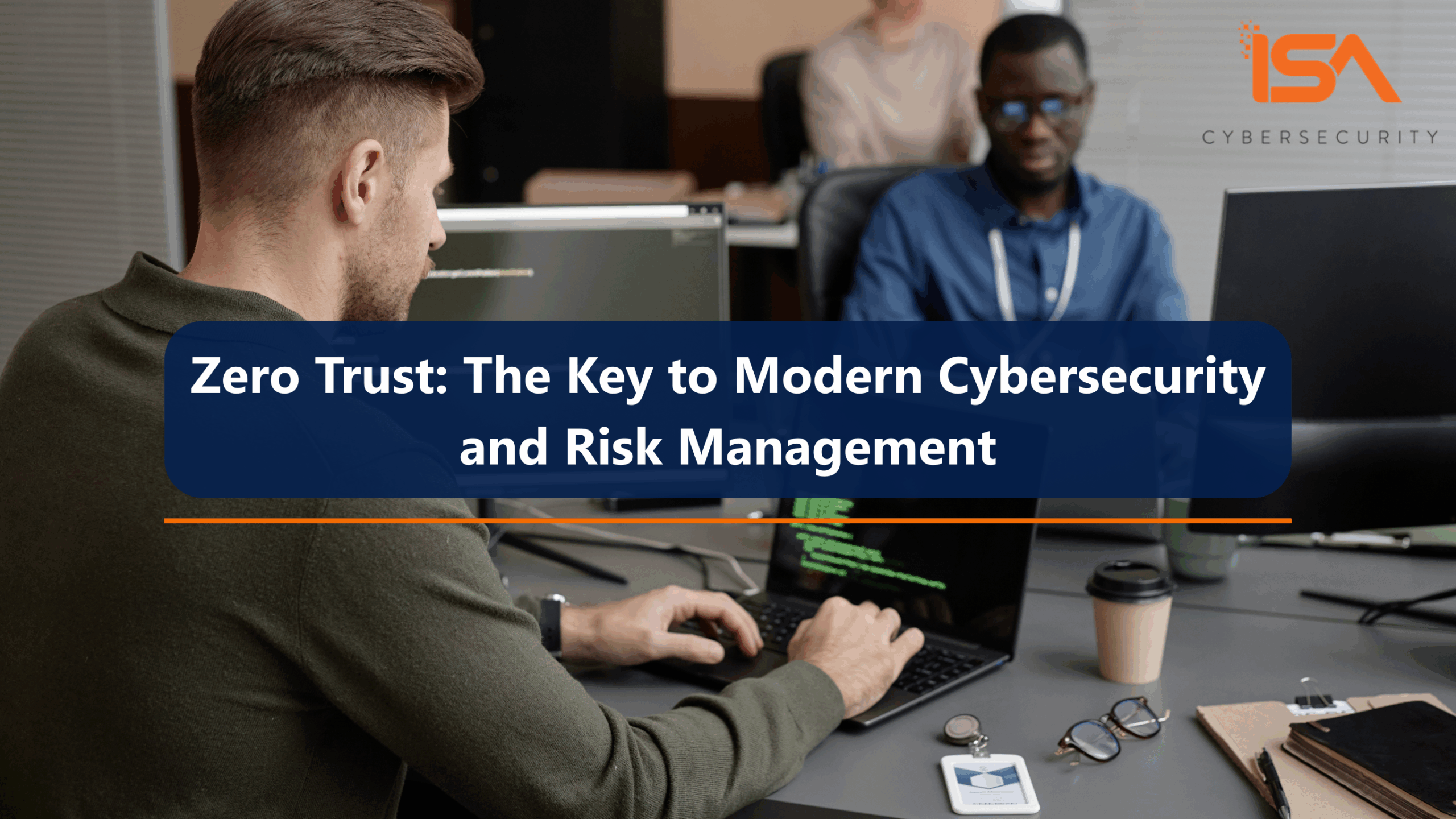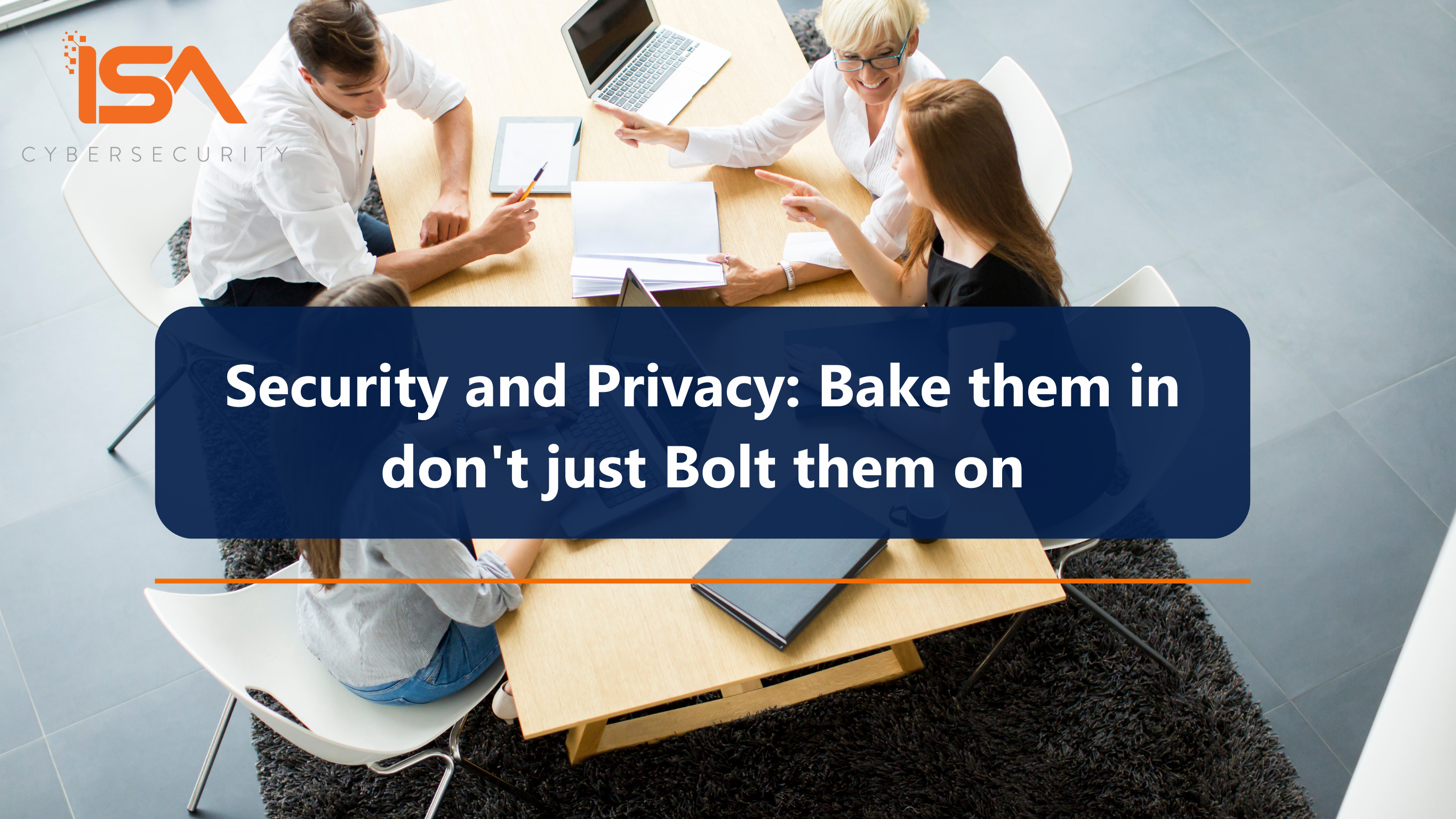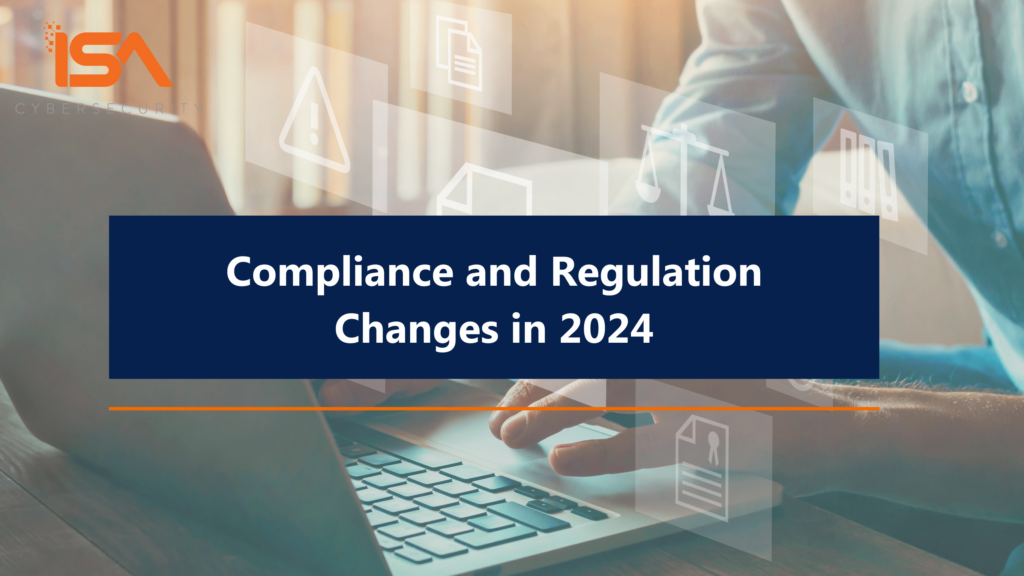In a world in which users, devices, and data can be anywhere, the old “protect the perimeter” approach to security no longer works. That’s why Zero Trust has become a critical component of any organization’s security maturity journey. By adopting a “never trust, always verify” philosophy, you can significantly enhance your defenses against sophisticated cyber threats. Let’s explore Zero Trust and learn how you can get started using this approach to reduce risk and improve security resilience.

What Zero Trust Is/Does:
- Verifies every entity attempting to access resources, regardless of location. This means that whether a user is in the office, at home, or in a coffee shop, they must prove their identity and security posture before accessing any corporate resource.
- Applies the principle of least-privilege access. Users and systems are granted only the minimum permissions necessary to perform their tasks. This helps to contain and reduce the potential impact of a compromised account or system.
- Continuously reassesses trust based on changing context and security posture. Trust is not “permanent”: the system constantly evaluates factors like device health, user behaviour, and network conditions to determine if access should be maintained, reduced, or revoked.
- Creates one-to-one secure connections, limiting lateral movement within networks: Instead of allowing free movement within a network once access is granted, Zero Trust establishes individual, encrypted connections for each resource access. This not only makes communications more secure, it also makes it harder for attackers to move laterally if they breach one system.

What Zero Trust Isn’t/Doesn’t Do:
- Zero Trust is not a single technology or product; rather, it is a comprehensive security approach that involves multiple technologies, policies, and practices. It’s not something you can simply buy and install.
- Zero Trust is not a one-time implementation: it is better pictured as an ongoing process that provides best results through monitoring, fine-tuning, and continuous improvement. It’s not a “set it and forget it” solution.
- Zero Trust does not completely replace existing security measures. While it can significantly enhance security, it doesn’t negate the need for other security best practices like encryption, patch management, or security awareness training. When done well, it should complement and integrate with your existing security measures, improving your cyber resilience.
- Zero Trust is not a magic bullet or guarantee of absolute security: While Zero Trust significantly improves security posture, no system is completely impenetrable. It’s just part of a mature cybersecurity program that reduces risk and improves resilience.

Zero-Trust Architecture
A zero-trust architecture (ZTA) is the practical implementation of a zero-trust philosophy. A ZTA features five fundamental principles that help ensure continuous security through every interaction:
1. Identity verification through robust authentication mechanisms for both users and devices is fundamental to a ZTA. Multi-factor authentication (MFA) and Single Sign-On (SSO) solutions that help support Identity and Access Management (IAM) and Privileged Access Management (PAM) systems are often used to centralize user management and assign access rights. Continuous verification and resource validation is crucial.

2. Security posture verification of all connecting devices is a critical component of a zero-trust architecture. Device authentication may involve certificates installed on the device, client apps, or hardware tokens. Posture checks are performed to verify – for example – the version and patch levels of the device’s operating system and software, the presence of anti-malware software or agents, etc. Compliance with the organization’s security policies is assessed before granting access, and continuous monitoring of device health is essential to maintain trust throughout the session. Exceptions are reported to a central management system like a SIEM for investigation.

3. Network segmentation is a key part of a zero-trust architecture as well. In addition to limiting exposure and lateral movement in case of attack, segmented networks support a least-privilege approach and help align protections with application and data workflows. Micro-segmentation of networks into highly regulated segments is becoming increasingly common, often containing specific workloads for resilience and security purposes. Next-generation firewalls (NGFWs) govern access to these network segments, analyzing application layer traffic while controlling traffic. Segmentation is based on logical groupings of applications and resources needed for employee or service workloads.

4. Application-centric security that closely integrates protections with application workflows will be in your zero-trust playbook too. Zero–trust application access (ZTAA) applies zero–trust principles specifically to application access: requests are evaluated on a case-by-case basis, with approvals based on predefined access controls. Users can only see and access the applications they have legitimate permissions to use, from pre-approved locations, devices, and even times of day. This approach provides more granular control over access privileges, reducing the potential attack surface and “blast radius”.

5. The data-centric approach used by ZTA focuses on protecting data assets themselves, rather than just network perimeters: The goal is to always safeguard critical data, even in the event of a breach. It involves understanding and classifying the data each application manages. Data protection measures include encryption at rest and in flight. Policies are set and enforced regardless of where critical data is stored and accessed. This approach requires deep and contextual visibility of cloud data within the broader security ecosystem.

Zero Trust as a Managed Service
This all sounds great, but how can you get started? ISA Cybersecurity offers the implementation and operation of Zero Trust as a convenient managed service. Here’s how:
Phase 1: Implementation
- Conduct risk and asset assessments – map users, devices, applications, data, and threats.
- Design a Zero Trust architecture – define policy decision/enforcement points and integrate with existing security tools.
- Run pilots and POCs – validate controls across identity, device, network, and applications.
- Implement identity and access controls – MFA, least privilege, and conditional access.
- Apply network micro-segmentation – isolate workloads and limit lateral movement.
- Enforce device and posture checks – verify endpoint health and compliance before granting access.
- Secure data directly – classify, encrypt, and apply DLP controls.

Phase 2: Operation
- Continuous monitoring and analytics – collect logs, analyze traffic, and detect anomalies in real time.
- Regular audits and policy reviews – validate controls, update configurations, and ensure compliance.
- Incident response and mitigation – detect, contain, and remediate threats quickly with defined playbooks.
- Ongoing user training and support – reinforce secure behaviour and provide guidance for evolving threats.

Benefits of a Managed Services Approach to Zero Trust
- Infrastructure costs and complexity are reduced by leveraging cloud-based security services, lowering hardware expenses, minimizing dependence on costly private networks, and enhancing productivity through streamlined access and reduced downtime.
- With an experienced partner by your side, Zero Trust supports compliance efforts and makes it easier for organizations to meet regulatory requirements.
- Third-party risks are mitigated through improved management practices under the Zero Trust model.
- Zero Trust secures remote access, ensuring authorized employees, partners, services, and smart devices can connect safely from anywhere.
- Managed Zero Trust services offer scalability to adapt seamlessly to evolving business needs.
- By restricting lateral movement, Zero Trust helps prevent threats and contains potential security breaches effectively. 24×7 monitoring and support from a managed services partner delivers security and peace of mind.

By offering Zero Trust as a managed service through our SOC 2, Type 2-compliant SOCs in Canadian datacentres, ISA Cybersecurity provides our customers with enhanced security, reduced complexity, and potentially significant cost savings compared to traditional security models. Zero Trust is within your each: contact us today to learn more.




